![]() 23 Dec 2023
23 Dec 2023
Malwa Painting: Flourishing Art in Hindu Rajput Courts (1600–1700 CE)
Understanding Malwa Painting: Bridging Styles and Themes (1600–1700 CE)
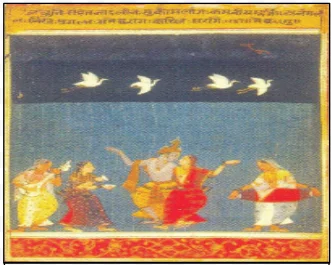
Malwa Painting Odyssey: Origins, Ambiguities, and Datia’s Influence
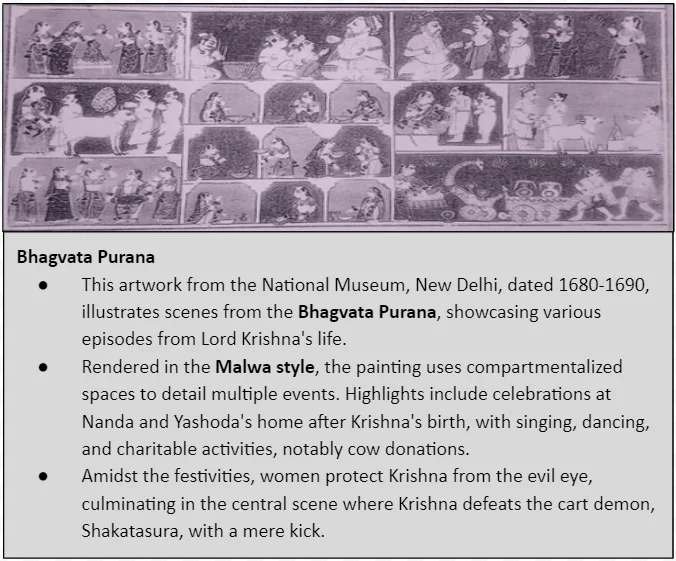
Transformation of Mewar School of Painting: Jagat Singh’s Era and Artistic Mastery
Distinctive Features and Themes: Sahibdin’s Mastery and Royal Splendors
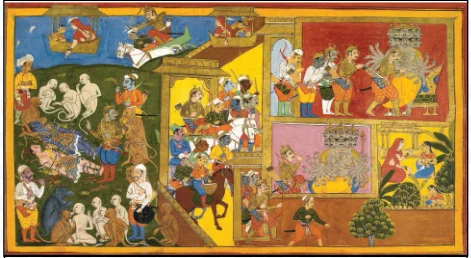
Nathdwara: A New Center of Art
|
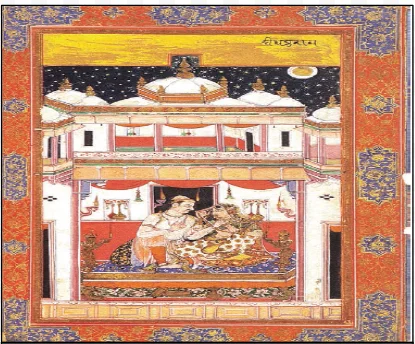
| Did You Know?
The Bundi Ragamala, one of the earliest works, had Persian inscriptions and was crafted by artists Shaykh Hasan, Shaykh Ali, and Shaykh Hatim, who were students of the famed Mughal court artists. |
Key Features and Iconic Works: 18th Century Elegance with Deccani Flair
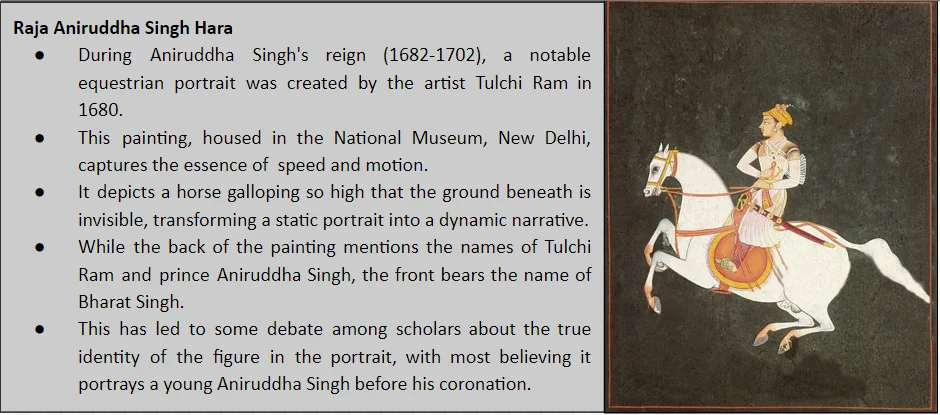
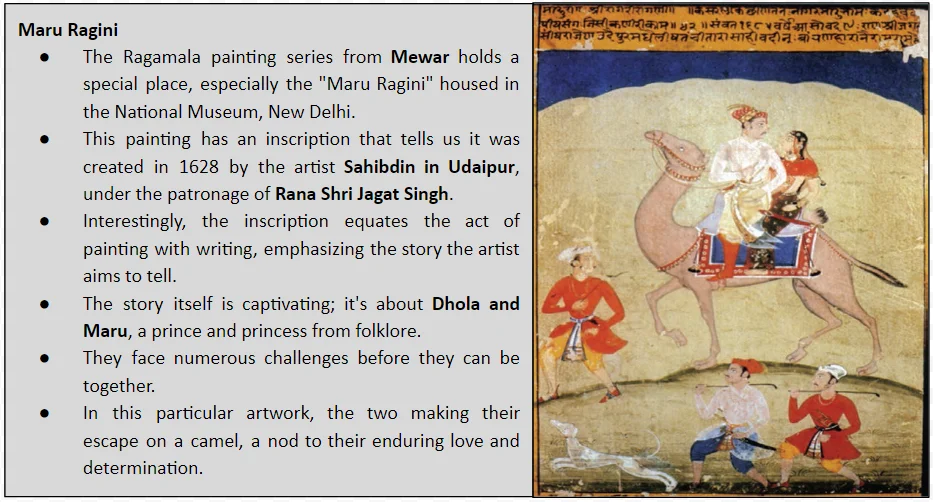
Characteristics of Bundi (and Kota) paintings: Nature, Elegance, and Cultural Reverie in Paintings
<div class="new-fform">
</div>